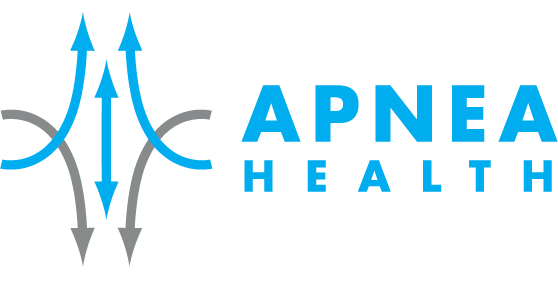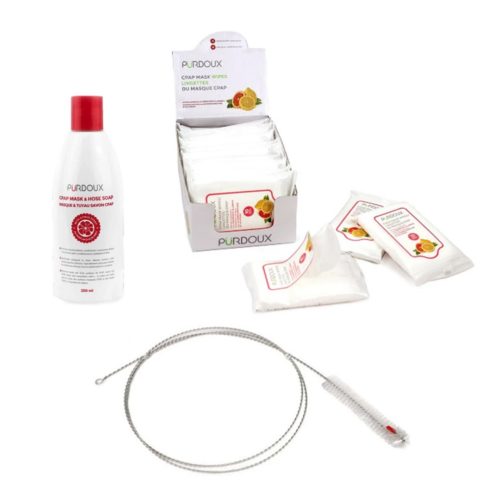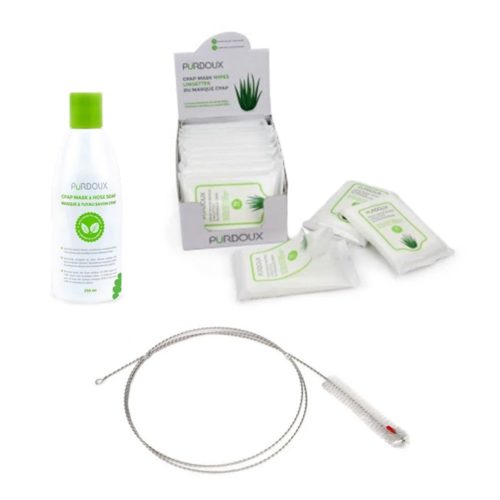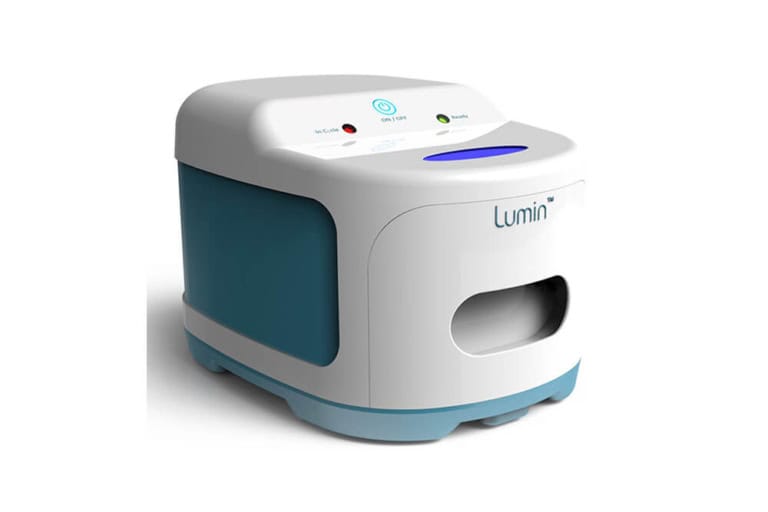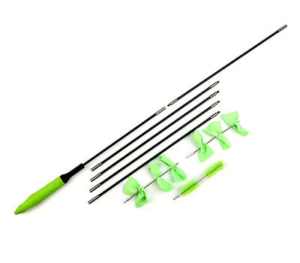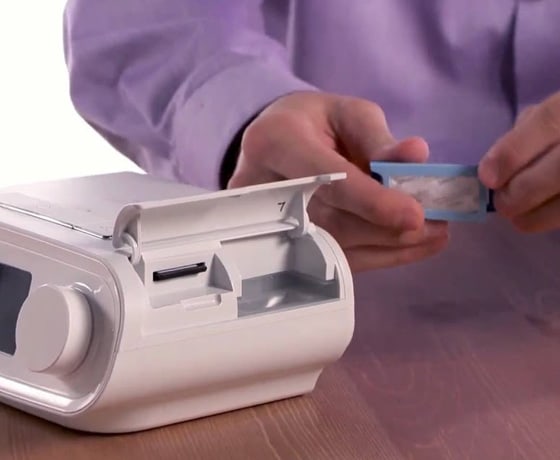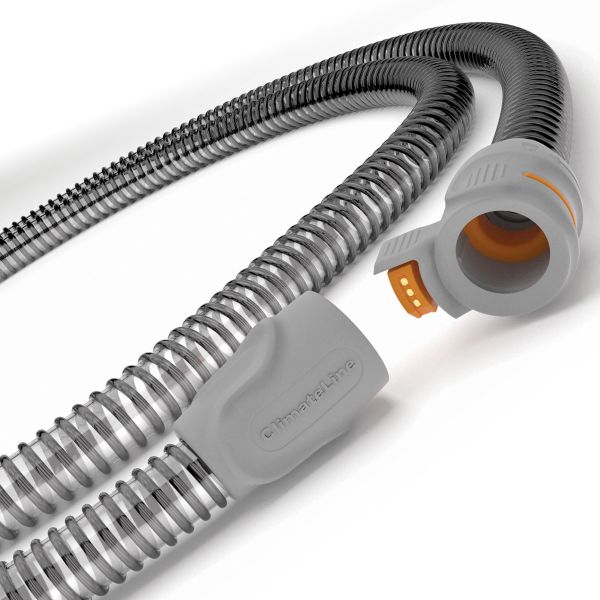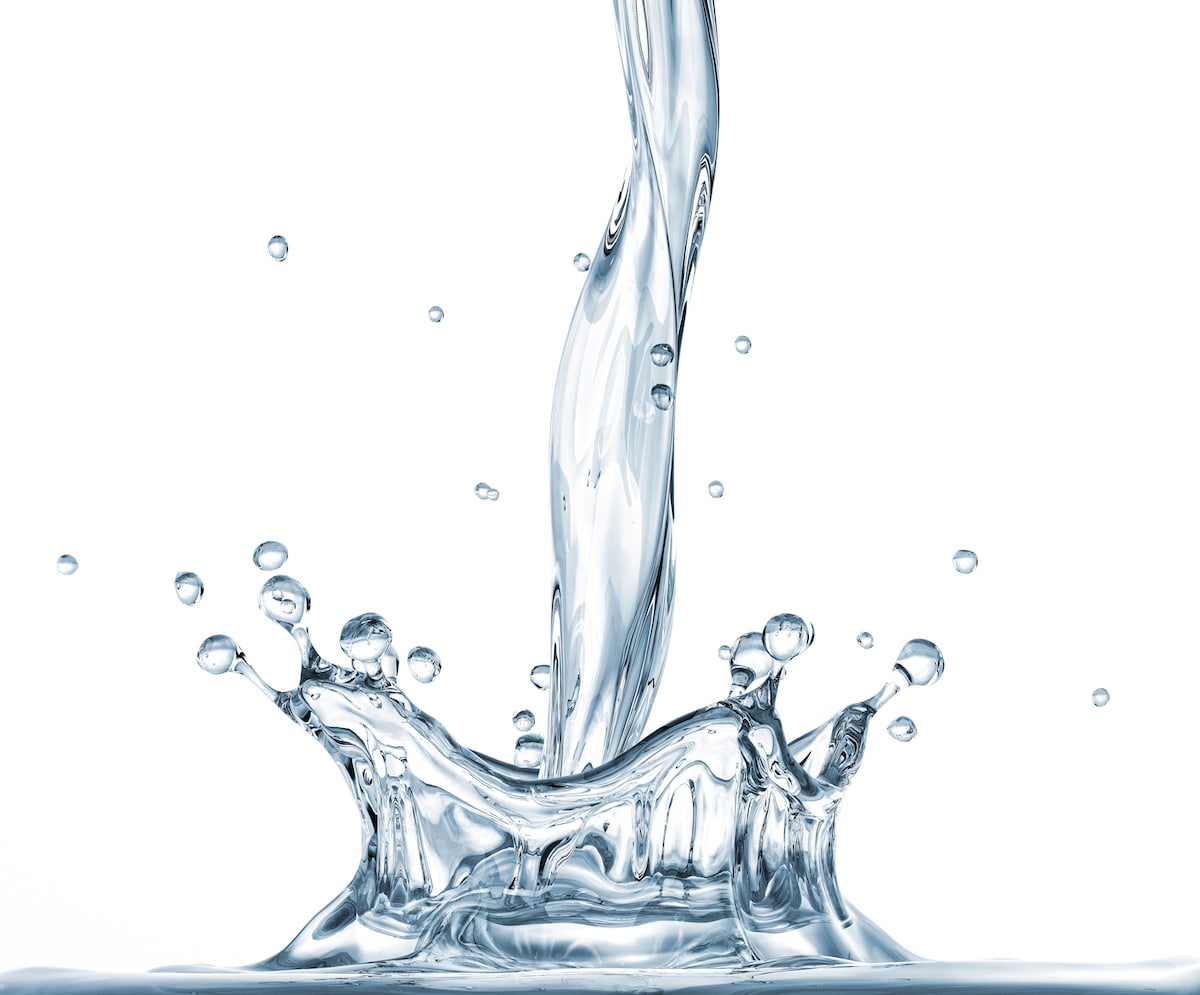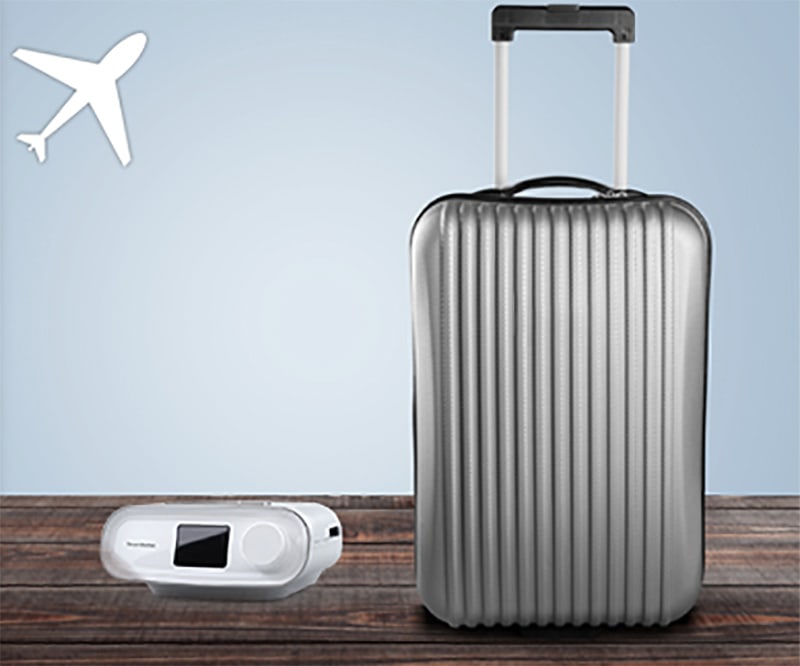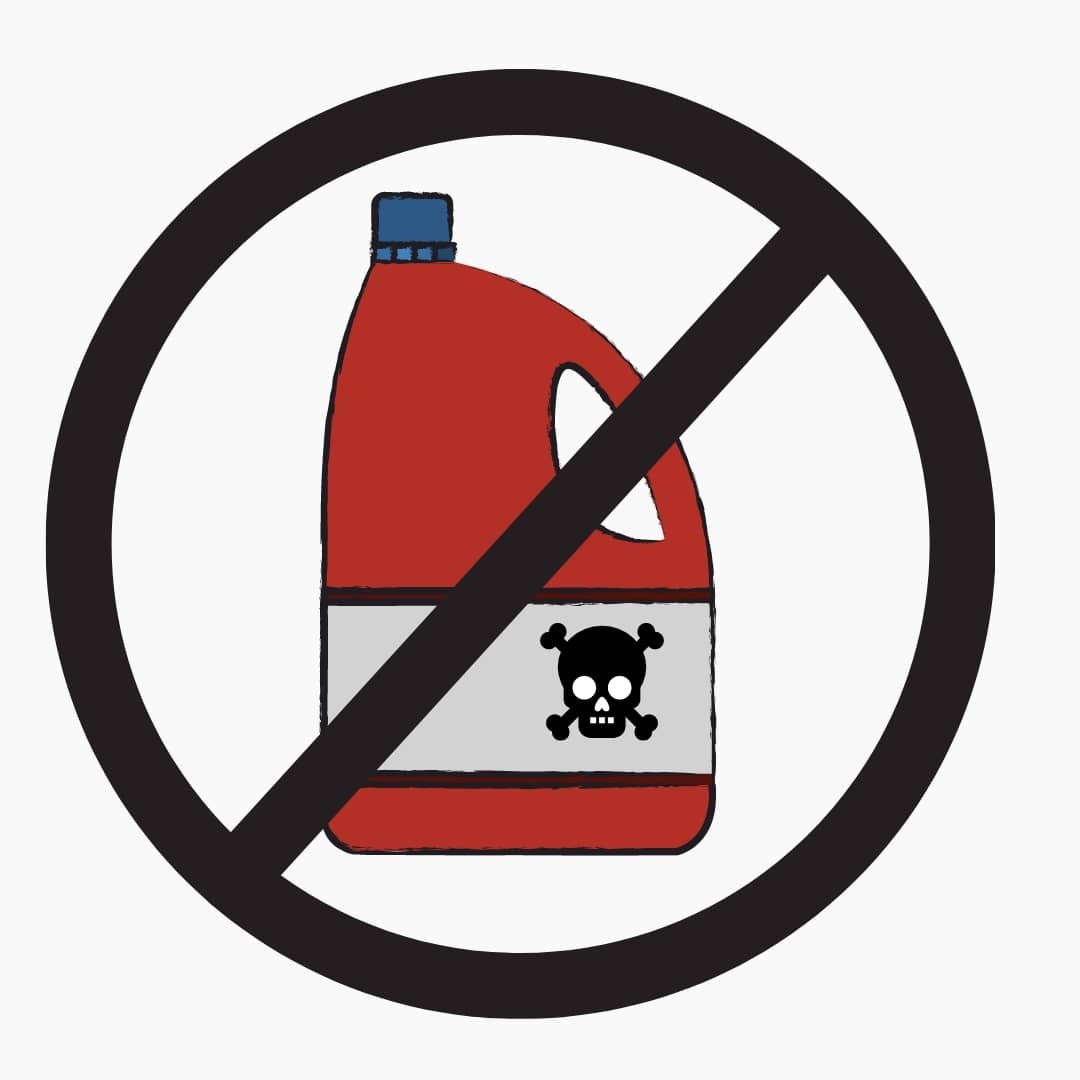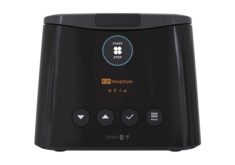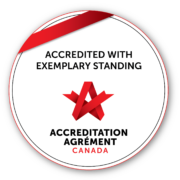Yes! Did you know that patients who use CPAP and don’t regularly clean their equipment are 32 percent more likely to get pneumonia?
CPAP cleaning can present a real challenge to some CPAP users. Sometimes understanding the REASON behind the recommended maintenance, along with some simple guidelines, can go a long way to making the process less of a chore. The proper maintenance of your CPAP unit and accessories plays a significant role in success of the treatment of your obstructive sleep apnea. A proper hygiene of the equipment will avoid complications such as leaks, bacterial and fungal growth and further health complications.
- Reasons to clean your CPAP
- What you need to clean your CPAP
- How and when to clean your CPAP and accessories
- Let us show you how!
 Reasons to clean your CPAP
Reasons to clean your CPAP
- Oil, sweat and dead skin cells can accumulate in the CPAP mask every time it’s used.
The mask accumulates oil, sweat, dead skin cells and dirt which are absorbed by our skin and can lead to irritation. If you are waking up with acne, soreness or skin peeling, this is an indication that your mask is due for a good wash. - The water in the machine and the moisture in the mask and hose are potential breeding grounds for bacteria and germs.
A study from Brigham and Women’s Hospital and Harvard Medical School found 2,000+ bacteria counts evident after just 48 hours on 48 percent of samples from CPAP masks they collected. By implementing a cleaning regimen, you’ll be reducing the risks of infection and disease. Your equipment will also smell and look better and be more effective, which will contribute to the longevity of use of your CPAP.
 What you need to clean your CPAP
What you need to clean your CPAP
- CPAP mask wipes or a damp cloth
- Warm water
- CPAP soap or dishwashing soap
If you opt for dishwashing soap, it is important to select a soap that is neither antibacterial or hydrating. The alcohol in an antibacterial soap will cause the cushion of your mask to dry out and break sooner than expected. Avoid hydrating soap as the hydrating agent in the soap will leave a greasy residue on your equipment. If you want to ensure that you are eliminating all bacteria in your mask or if you’re not cleaning your mask daily because of the inconvenience, we recommend the Lumin to sterilize your mask, water chamber.
 How and when to clean your CPAP and accessories
How and when to clean your CPAP and accessories
Daily
Wipe down your mask
Use soap and warm water to wipe down your mask, especially the cushion which comes in contact with your skin, and allow to air dry. This will remove any oily residue, sweat and dead skin cells. For faster cleaning, pre-moistened wipes made specifically for CPAP masks are available .
Rinse and refill your water chamber
Empty the chamber, rinse with tap water and allow to air dry. Then refill with distilled water right before bedtime. Do not allow water to sit in your chamber all day as it is a good environment for bacteria and mold to thrive.
Weekly
Wash your mask
Fill your sink with warm, soapy water and gently wash your mask, including the headgear. Ideally, this should be scheduled early in the morning to allow your equipment to air dry.
Wash your air hose
Fill your tube with warm, soapy water and gently swirl the liquid back and forth. Run clean water through to rinse, and hang to air dry. Special brushes exist to help with the scrubbing inside the air hose.
Wash and sanitize your water chamber
Gently scrub the inside with soapy water then properly rinse it. Next, pour in a mixture of one-part vinegar and two-parts water, let sit for 30 minutes, then properly rinse and air dry. This will sanitize and decalcify your water chamber.
Every 3 Months
Replace your filter
By replacing your filter, you limit the deposit of dust and impurities in the compressor of your CPAP. It is important to replace the air filter of your CPAP once every three months especially if you have allergies.
Annually
Replace the mask, air hose and water chamber
This recommendation is widely known so most insurance company cover a certain percentage of the cost. With the proper upkeep of your CPAP device, your CPAP will continue to work optimally, you will be breathing clean air and be able achieve your goal of better night’s sleep.
